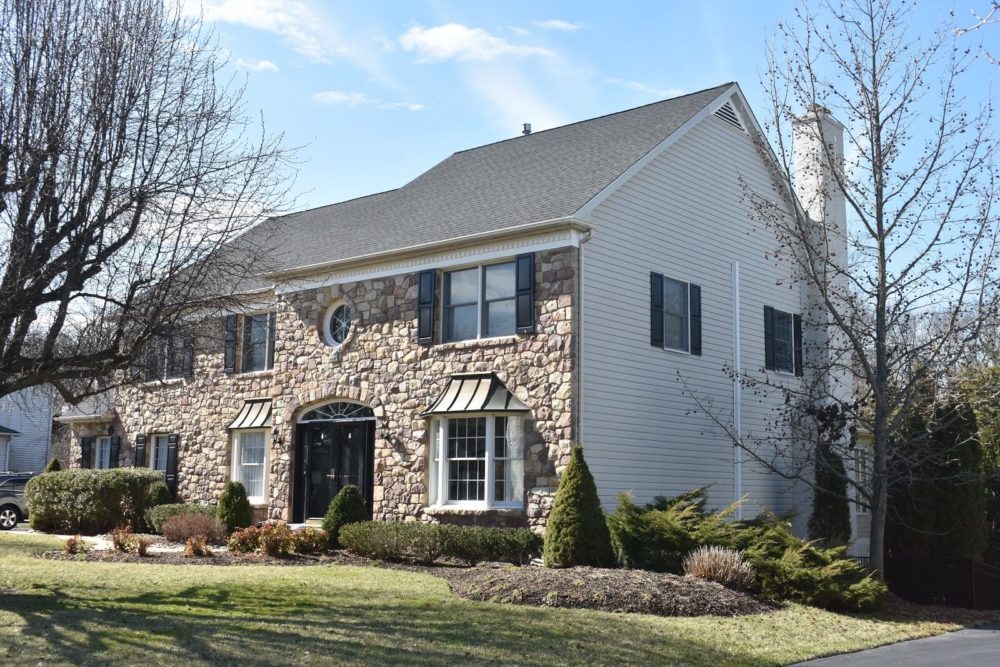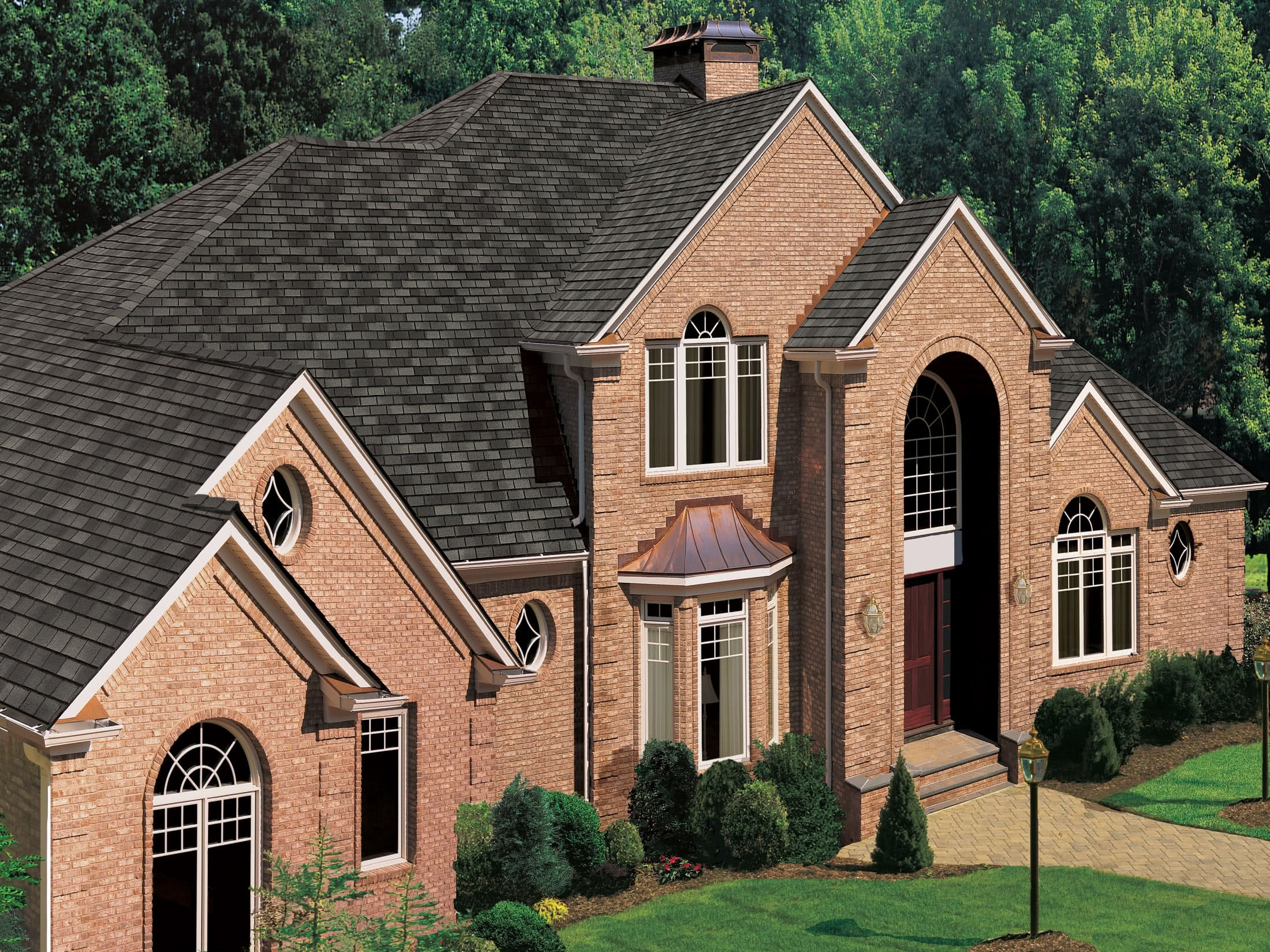Request Quote
Home | Our Blog | Your Guide to Gable Roofs
Reviewed by Tomas Kalkys. President.
Qualifications: More than 20 years of experience in residential and commercial exterior remodeling.
Founding farther of Legacy Service.
Written by LegacyUSA Team
posted on Aug 23,2019
Get Estimates From Roofing Pros
If you’re in the process of designing a new house or framing a roof, then you’re probably looking into various types of roofs to determine which one would be best for you. Two types of roof shapes are the most popular for houses in the United States; they include gable roofs and hip roofs. Today, we’re going to focus on gable. If you’re considering this type of design for your home, here’s your guide to everything you need to know about it.

They can be found all over the United States. In fact, they’re the most common shape used for residential architecture in climates that are cold, rainy, or temperate. They’re also found in all parts of the world that experience rain or snow (especially northern Europe), because the pitch (which can vary) will ensure that it sheds water more easily to help prevent leaks and damage from water puddling. In Pennsylvania, they can be found almost everywhere because they are the most popular type of style. However, hip is a close second.
Not a real zip code.
They probably look exactly like you’d imagine if you picture a traditional American home. They have two sloping sides that meet at a ridge, and the two sloping sides that meet create end walls which have a triangular extension, which is called the gable. This is also referred to as the A-shaped section of the wall that’s between the two sloping sides. These sides can be different sizes depending on the property; some larger buildings can sometimes have two or more gables to add depth, which is called a double gable roof as opposed to a single gable roof. There are various gable roof designs, which we’ll touch upon later in this article.
Although there are a variety of factors that help determine how long the lifespan will be, one that’s properly installed can typically last about 40 years on average. They can sometimes last even longer if they have an adequate supporting framework. Factors that affect the lifespan include how well it was originally installed, the quality of the gable roof materials that were used, and whether it’s been damaged in the past from fallen trees, storms, or anything else.
Along with the classic structure, there’s a variety of designs that you can choose from. If you need help determining which roof type would be right for you, our team at Legacy Service will be happy to help!

Everything has its advantages and disadvantages, and gable roofs are no exception. Whether one would be right for your home or not depends on a variety of factors, one of them being where you live and the type of climate in your area. Here are the pros and cons of choosing this type:
Gable roofs are most often compared to hip roofs, which is another one of the most popular types in the United States. So, what’s the difference between the two? Well, let’s first look at what a hip roof is:
A hip roof is one that has slopes on all four sides. The sides all have an equal length, and they converge at the top to form a ridge.
People choose hip over gable because they tend to be more stable, especially in areas dealing with strong storms and high winds. Hip roofs are also perfect for windy and snowy areas because the slant allows the snow and water to easily slide off.
One disadvantage of hip is the fact that it tends to be more expensive because its complex design can require more building materials. Also, proper installation and regular maintenance is essential when it comes to preventing minor issues from becoming major problems down the line.
At Legacy Service, we’d like to help you choose which type is right for you, whether it’s gable, hip, or something else entirely. If you have any other questions regarding anything from open style to curved or even winged, please feel free to visit our website. Schedule a consultation for a roof replacement by giving us a call at 215-798-9790. We look forward to hearing from you!
Posted on Aug 23,2019 in Roof
Read our news
HOW LONG SHOULD A ROOF LAST? ELEMENTS
A lot of elements play a role in maintaining the integrity of the roof, but as a homeowner, the most important components to pay attention to are the underlayment, ventilation, and material.
DIFFERENT TYPES - DIFFERENT LIVES
Choosing the best roofing material for your home is the first important step in ensuring that you have the highest quality roof possible.
METAL ROOF VS ASPHALT SHINGLE ROOFING
Two of the most popular roofing materials on the market are metal and asphalt, and both offer different pros and cons to a customer.
Pros and cons of Asphalt Shingle Roofing
Replacing a roof is an expensive decision, and cannot only come down to cost.


